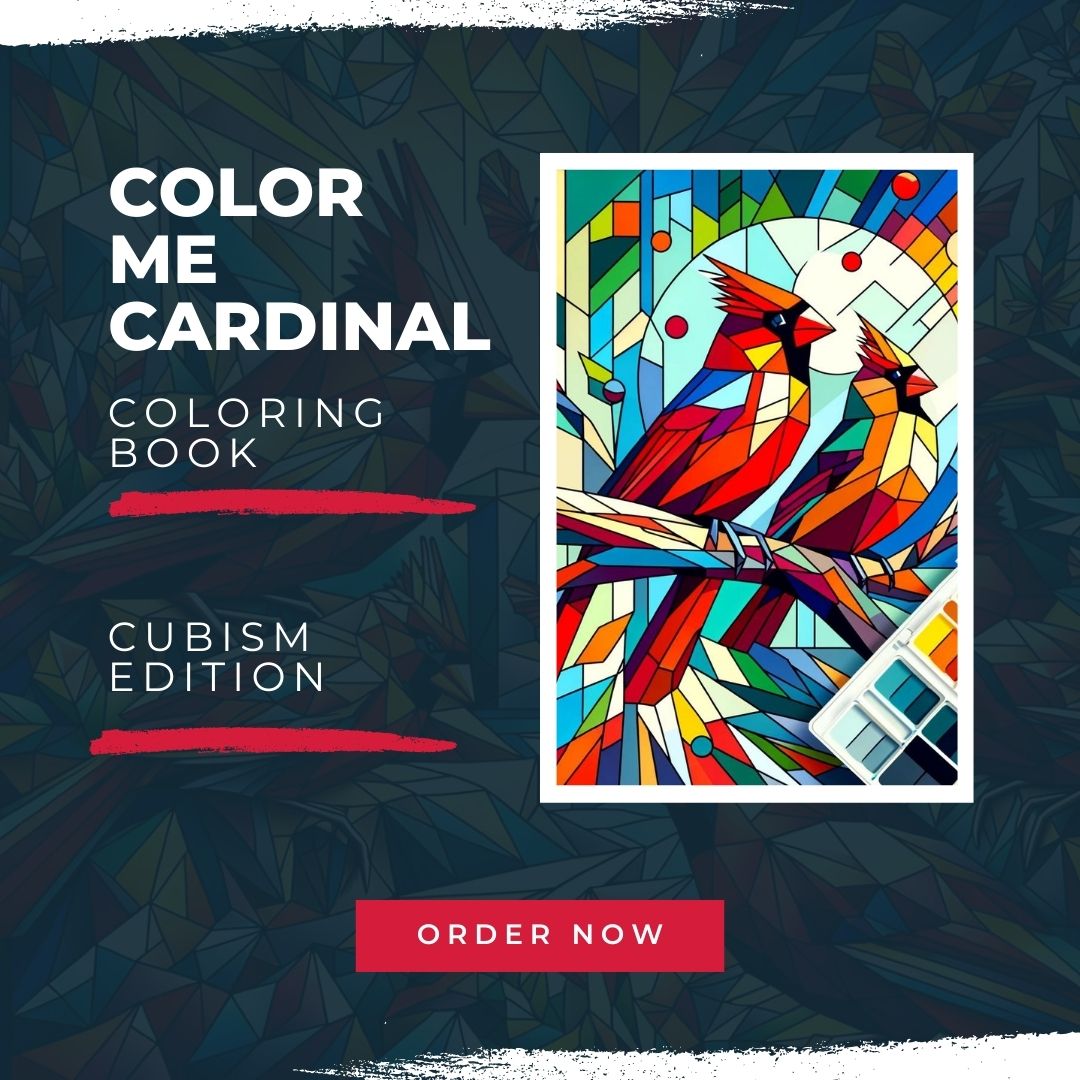Fall isn’t just for leafy greens and late-season flowers — it’s also one of the best times to grow root vegetables. With cooler soil temperatures, fewer pests, and improved flavor (thanks to light frosts), fall can be a root crop grower’s dream.
Whether you’re planting carrots, radishes, beets, or turnips, this guide will help you grow healthy, flavorful root vegetables in your fall garden — even if you’re short on time or space.
🧠 Why Grow Root Veggies in Fall?
- Cooler temps = sweeter flavor (especially after light frost)
- Less pest pressure than spring crops
- Improved soil moisture and fewer weed competitors
- Most root crops are quick-growing, so you can get a harvest before winter hits
🌱 Fall-grown roots are often more tender and vibrant than their summer counterparts.
🕰️ When to Plant Fall Root Crops
Fall planting requires good timing — aim to sow seeds 6–10 weeks before your first frost.
Example (Zone 6 / Cleveland area):
- First average frost: Mid to late October
- Sow root crops: Late July through early September
🥕 Top Root Vegetables for Fall Planting
| Vegetable | Days to Maturity | Fall Planting Window |
|---|---|---|
| Radishes | 20–30 days | August to early October |
| Turnips | 30–60 days | Mid-July to early September |
| Carrots | 60–80 days | Late July to mid-August |
| Beets | 50–70 days | August through early September |
| Rutabagas | 80–100 days | Mid-July |
| Daikon Radish | 60–70 days | Late July to late August |
| Parsnips | 100–120 days | Mid-July (requires a long season) |
✅ Always read the seed packet — some fast-maturing varieties are perfect for late succession planting.
🌱 How to Plant Root Vegetables for Fall
1. Prep the Soil
- Loose, well-drained soil is key — roots need room to expand
- Remove rocks and clumps that can cause misshapen veggies
- Work in compost, not high-nitrogen fertilizer (which encourages leaf over root)
2. Direct Sow Seeds
- Root veggies do best when planted directly in the garden
- Sow seeds according to depth guidelines on the packet
- Keep rows well-spaced for airflow and easier thinning
3. Thin Early
- Once seedlings are 1–2 inches tall, thin them out to proper spacing
- Overcrowded roots = small, stunted crops
💧 Watering and Care
- Keep soil evenly moist — inconsistent watering leads to cracking or woody roots
- Mulch lightly to retain moisture and regulate temperature
- Weed regularly — root crops don’t like competition
🚫 Avoid overwatering in cool, damp fall — it can cause root rot.
🧊 Frost and Cold Protection
- Most root crops tolerate light frost and even improve in flavor
- For heavy frost or freeze:
- Use row covers or cold frames
- Mulch heavily (especially carrots, parsnips, beets) to insulate soil and extend harvest
✅ In mild winters, you can store root crops in the ground and harvest as needed!
🧺 When and How to Harvest
- Harvest when roots reach mature size — not necessarily the biggest
- Gently loosen soil around the base to pull roots without breaking them
- Cut tops off immediately to prevent moisture loss
- Store in cool, humid conditions (like a root cellar or fridge crisper)
🥕 Carrots, turnips, and beets can store for months when handled properly.
❓ FAQ: Fall Root Vegetables
Q: Can I grow root vegetables in containers?
A: Absolutely! Use a deep pot (12”+) and loose soil. Carrots, radishes, and beets are great choices.
Q: Can I grow root veggies from transplants?
A: Not recommended — root vegetables prefer to be direct-sown. Transplanting can cause distorted roots.
Q: What causes root vegetables to crack or split?
A: Usually inconsistent watering or heavy rain after a dry period. Keep moisture levels steady.
🧠 Key Takeaways
- Root crops love fall — cooler temps, less stress, better flavor
- Time your planting based on frost dates and days to maturity
- Keep soil loose, water evenly, and thin early for best size
- Use mulch or row covers to extend the season
- Harvest before hard freeze, or mulch and leave in-ground if soil allows
📕 This Article Was Brought to You By…
Know the Natives Plant Guide
Want to pair your fall crops with a resilient landscape that supports pollinators and soil health? This guide shows you how to design with native plants that thrive in your zone and make your garden more productive and beautiful.
👉 Every purchase supports more free gardening content like this.
📖 Grab your copy here »




